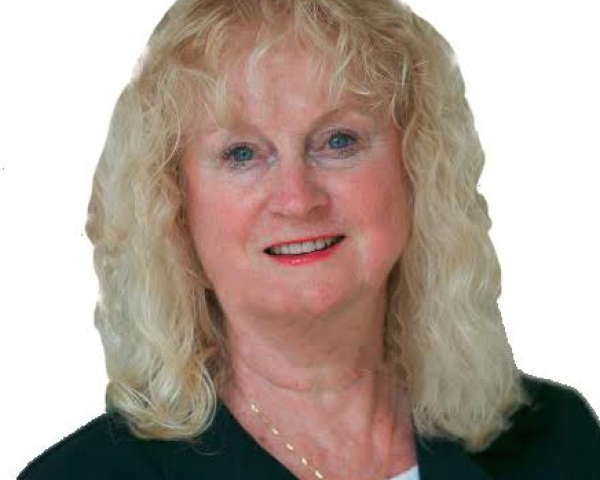Fortunately, for insurance executives, there is an antidote (seven, in fact) for the anxiety that comes with trying to transform.
I don’t like bridges – particularly, those high bridges with long expanses. Crossing a bridge makes my stomach do flip flops, I hear the blood rushing in my ears, and, from time to time, I see little dots dancing before my eyes. I suspect that many an insurance executive gets the same set of symptoms when they think about all that must be accomplished to transform their organization into a Next-Gen Insurer. Fortunately, (and ironically) for insurance executives, there is an antidote (seven, in fact) for the symptoms mentioned … seven bridges to be specific.
See also: 5 Cs of Transformation in Insurance
During 2016, SMA introduced the Seven Bridges, which illustrate initiatives that provide defined pathways upon which insurers can build transformation strategies to set themselves on a course to becoming a Next-Gen Insurer. SMA’s Seven Bridges are:
- Institutionalize innovation
- Keep a pulse on emerging trends and technology
- Operationalize customer-centric strategies
- Go digital
- Modernize core platforms
- Build a flexible organization and workforce
- Major in data and analytics
The burning question is –
Where do insurers stand in their bridge-building efforts? The 2017 SMA IT Spending and Priorities Survey results reveal a number of interesting insights. Arguably, the most important insight revealed by the survey data is that it takes effort across all seven of the bridges to transform an insurer. Along each one of the bridges, there is a significant activity variance between insurers that are transforming/growing versus those that indicate they are in surviving/sustaining mode. For example: 47% of insurers in the surviving/sustaining mode believe that customer initiatives are secondary in importance versus only 23% of transforming insurers. And 71% of survey respondents in the transforming category indicate that customer-centric strategies are either critical, or they have already built those capabilities.
Another area where important insights came to light is the difference in execution activity for insurers under $1 billion in premium versus those over $1 billion in premium. The big reveal is that while there is more active execution around the seven bridges in organizations over $1 billion in premium, insurers under $1 billion are working on the seven bridges – but at different execution levels than larger insurers. The transformation message is being institutionalized by all insurers regardless of size!
An important point of analysis is around priorities. Not all bridges have the same meaning for every insurer. There are numerous variables that go into how the bridges should be built – industry segment, product mix, distribution channels, to name a few. However, when a priority analysis was done, “major in data and analytics” was at the very top, with 95% of survey respondents indicating some level of positive activity. The interesting nuance is that L&A insurers prioritize customer-centric initiatives slightly higher than data and analytics initiatives, which is good for L&A customers!
See also: When Workplace Safety Is Core…
For me – I love these seven bridges! I don’t have to drive across them, and successful execution means significantly improved sales and service outcomes for distributors and customers and a rewarding work environment for employees. And best of all – no stomach flip flops, blood rushing in my ears, or spots dancing before my eyes.
For more survey results and insights, see our recent research
Insurance in Transformation: Building 7 Bridges to the Future.








